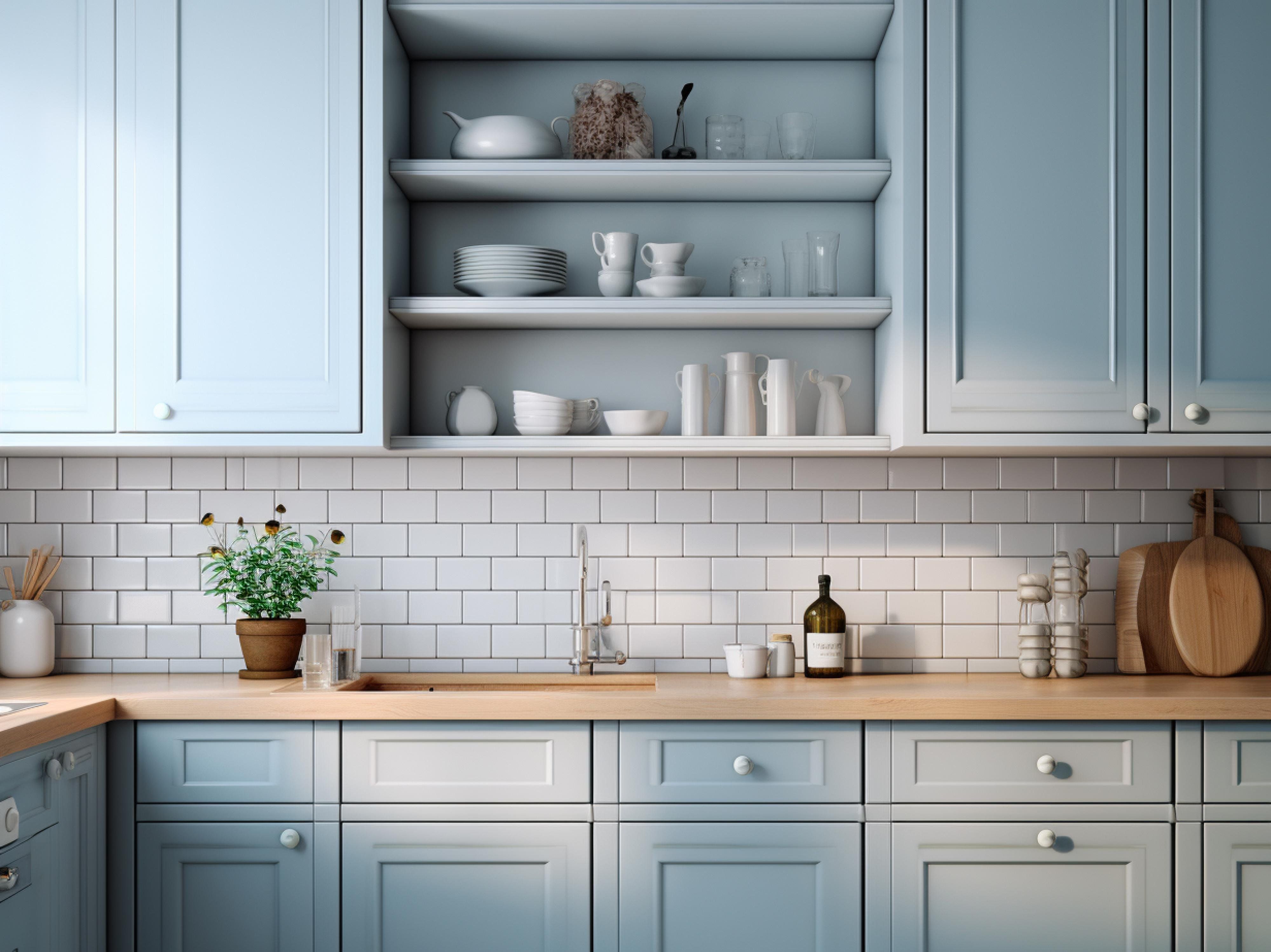
In the world of interior design, creating the perfect colour scheme is key to creating a space filled with harmony and comfort. Many can be overwhelmed by uncertainty when choosing colours to update their home. However, learning the basics of colour science and using tools such as the colour wheel can make the process an exciting adventure. Once you're familiar with these tools, you'll have no trouble creating visually appealing and welcoming colour combinations in your home.
Colour Wheel Among the variety of colour wheels, the most famous are those developed by scientists and artists such as Itten, Newton, Goethe and Oswald. In our discussion, we will focus on Itten's wheel, an indispensable tool for any interior designer.
The Itten colour wheel, whose history dates back to the 17th century, is a system that combines different colours and shades, including bright, saturated and halftone variants. The arrangement of colours follows the logic of transitioning from cool to warm hues, making it the perfect helper in finding the perfect colour scheme for your space.
At the heart of this system are three primary colours: red, yellow and blue, from which all other colours and shades are formed by mixing. This provides unlimited possibilities for creating unique colour combinations - from light and dark to warm and cool, and from bright to neutral.
The primary colours, which occupy key positions on the colour wheel, represent the basis for the creation of many other shades. Arranged in a triangular pattern, they show how they interrelate and interact with each other:
This approach allows you to easily experiment and find harmonious combinatioans for interior design, making it more attractive and cosy.
At the third stage of studying the colour spectrum, we encounter the so-called tertiary colours. These shades are the result of a subtle combination of primary (red, blue, yellow) and secondary (violet, green, orange) colours. Their application covers a wide range of design and art projects, from interior decoration to the creation of original designs and patterns on a variety of materials.
Within the colour palette, white, grey and black are not considered as separate colours, as they do not have a defined colour tone in the traditional sense. Despite this, these 'neutral' shades play an integral role in interior design, where they can act as a backdrop or complement to the main colour scheme.
The design of the space is dominated by the use of complex shades created by mixing different colours. This allows to achieve a richer and deeper visual harmony. Pure colours are often used as bright accents that add dynamics and expressiveness to the interior, for example, in the form of decorative cushions, vases or works of art. The main background consists of more subtle and layered shades, which are used to paint walls, flooring and furniture. These colours create cosiness and psychological comfort, making the space inviting and pleasant to live in.

When choosing the perfect colour scheme for your interior design, the knowledge and intuition of professionals play a key role. However, by following their advice, you can also achieve harmony in your home, creating an attractive and one-of-a-kind space.
As the creator of your interior, you have all the tools you need to make it truly yours. With the help of the colour wheel and following these guidelines, you can create a space full of personal style, coziness and comfort.
The colour wheel is an effective tool designed to help you select and combine colours so that your home is transformed into a place of harmony and aesthetic appeal. Use it in the following ways to design your home:
It is important to remember that the colour wheel is a tool that offers directions but does not set strict rules. Your individual taste and preferences should be at the heart of all design decisions. Be bold in experimenting and create a space that will delight you and reflect your personality.
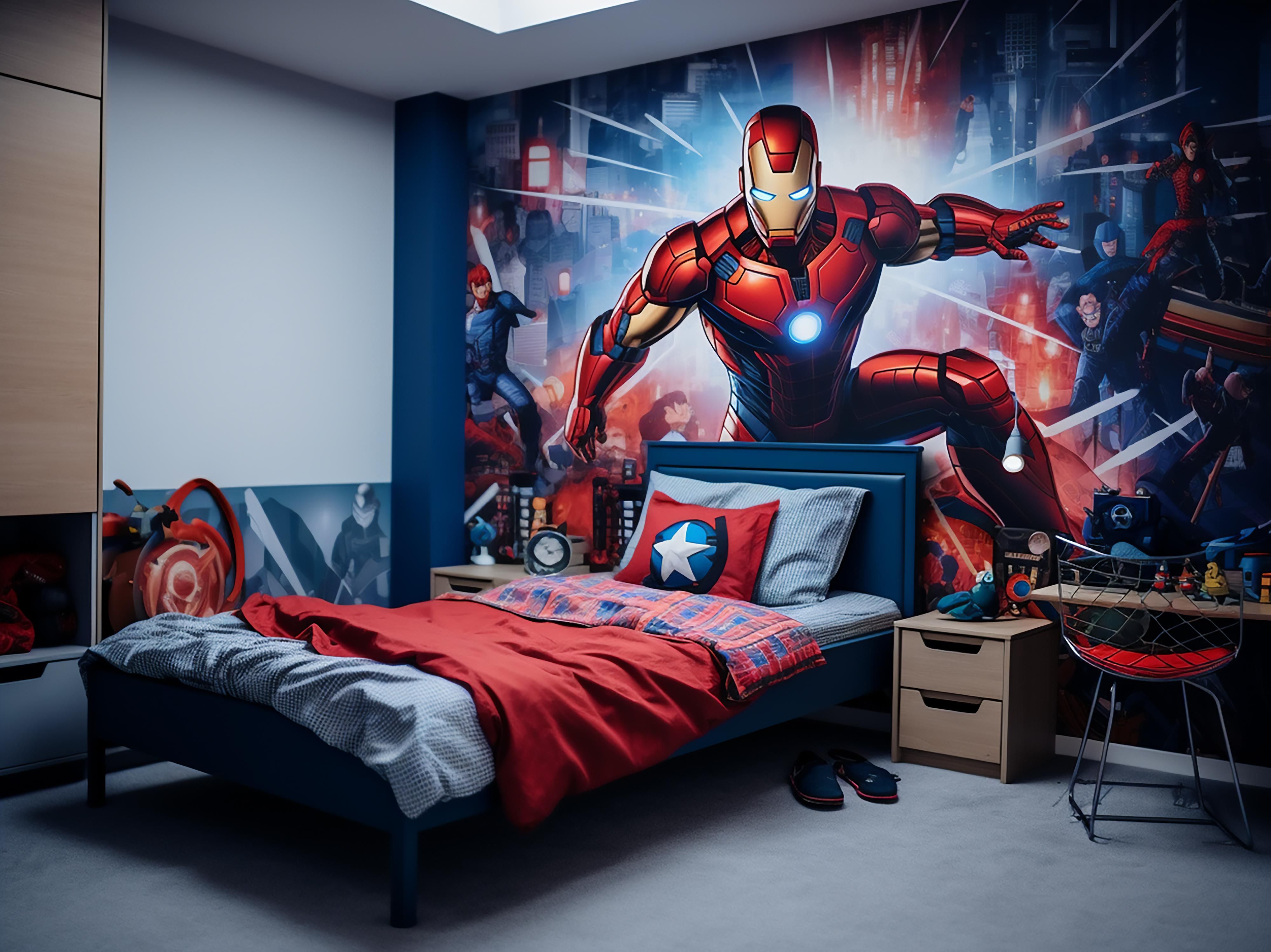
Integrating red into a home décor can give a space a sense of warmth, energy and dynamism. The red colour, known for its brightness and saturation, requires judicious application so that the interior does not seem overloaded. Here are a few techniques that will allow you to harmoniously weave the red shade into the ambience of your home:
It is important to remember the need for balance and harmony. Start small, gradually increasing the presence of red to avoid the effect of oversaturation and visual fatigue. Experiment with shades and textures, allowing red to enliven and enrich your home.
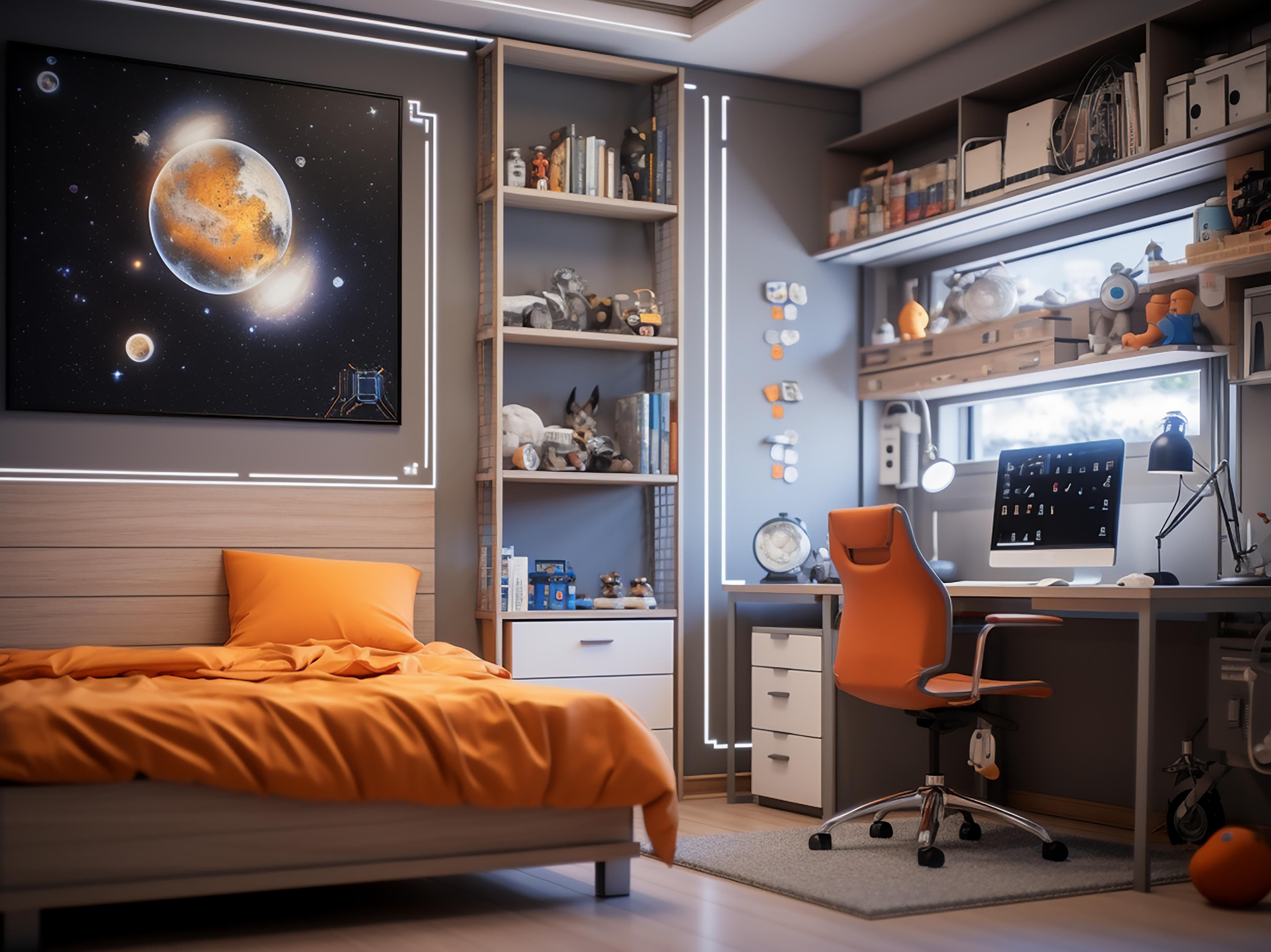
The introduction of orange into interior design promises to fill a room with a sense of cosiness, joy and vitality. Due to its origin from the combination of red and yellow, orange offers a wide range of possibilities for creating a unique design. Let's take a look at a variety of ways to harmoniously incorporate orange into your home:
When working with orange, it is important to keep the principles of balance and moderation in mind to avoid the feeling of excess. Start with small elements and gradually increase their presence, aiming to create a harmonious and attractive interior.
The introduction of purple in interior design promises to transform any space into a sophisticated and mysterious sanctuary. With its origins from the blending of blue and red, purple offers a vast range of shades, from pastel lavender to deep amethyst. Below are ideas for using purple effectively in decorating:
When introducing purple into interior design, the key is to find harmony and avoid overdoing it to avoid feeling too heavy. Explore the variety of shades and combinations to discover the perfect balance that will reflect your individual style and create the desired atmosphere of comfort.
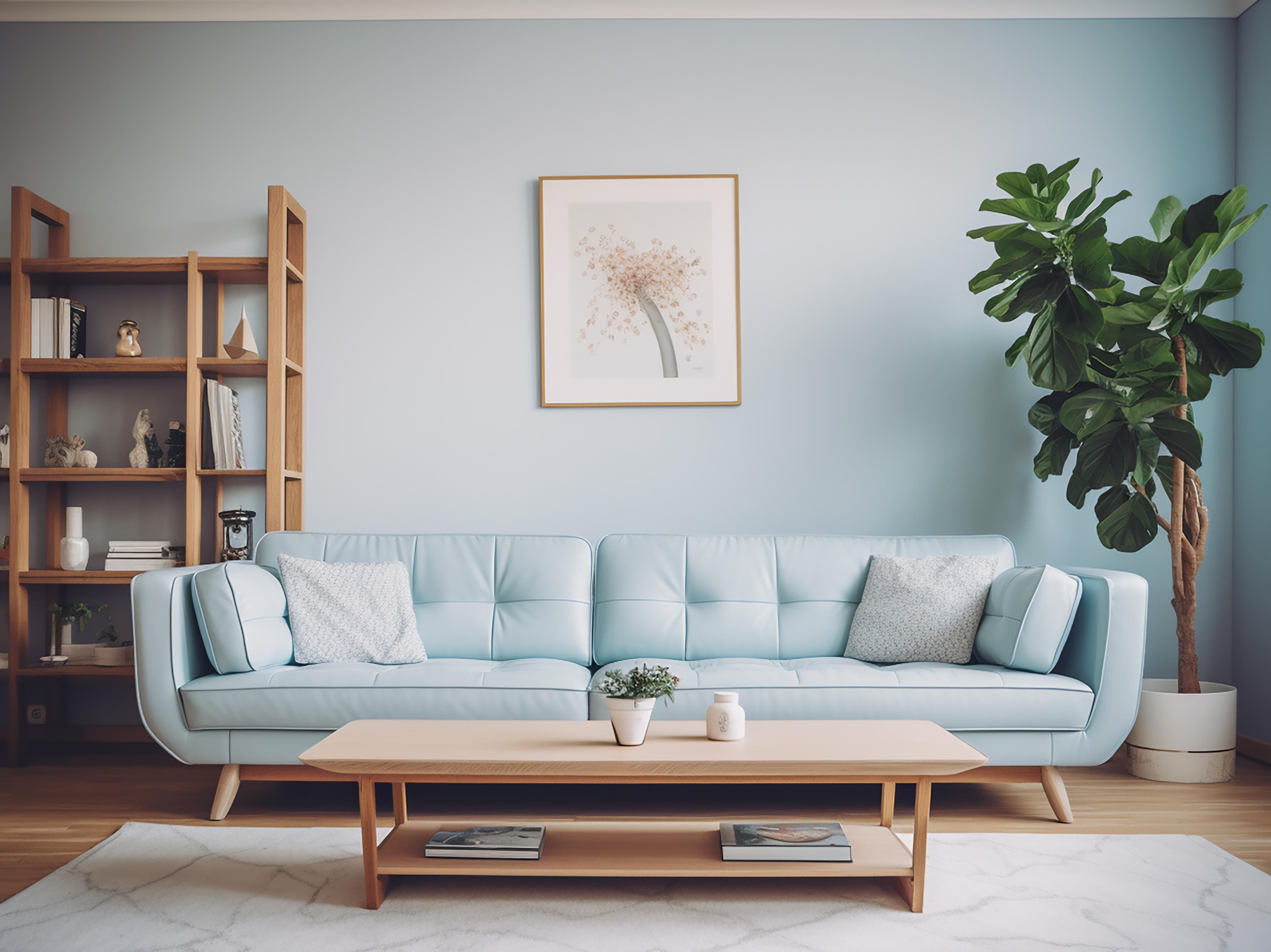
Integrating blue into interior design promises to transform any space into an oasis of calm and tranquillity. With its variety, from delicate blue to rich indigo, blue offers endless possibilities for creating a harmonious combination. Here are some ideas for using blue effectively in decorating:
Blue colour in the interior is not only decorative, but also brings an atmosphere of harmony and peace into the house. The right choice of shades and their combination with other colours and textures will create a unique space that reflects personal preferences and provides the desired effect of peace.
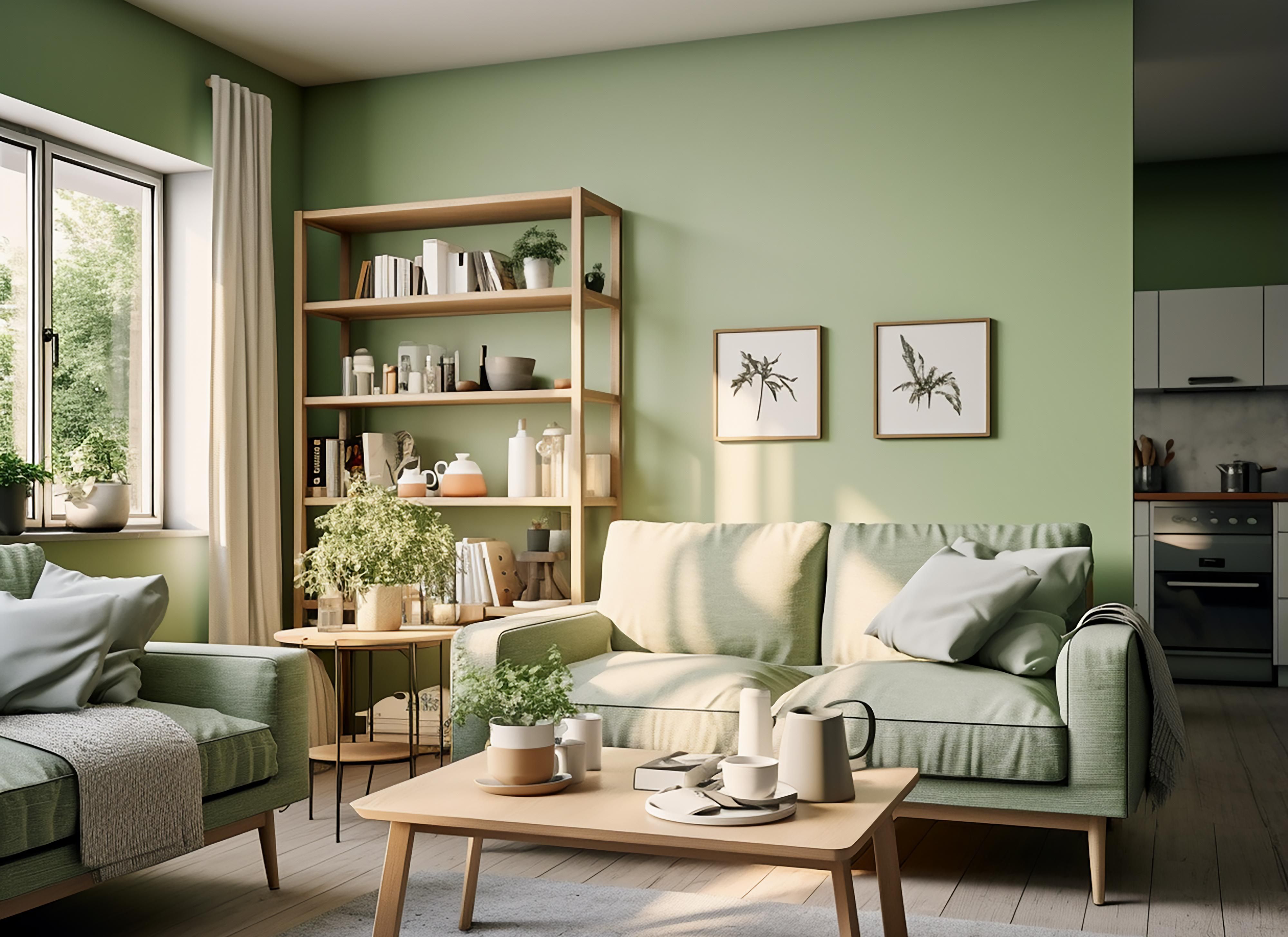
Using the colour green in home decorating helps to create an atmosphere of naturalness, calmness and newness. Green, symbolising life and rebirth, offers a wide range of shades, each of which can enliven an interior in a unique way. Here are some ideas for harmoniously incorporating green into the design of your home:
By incorporating green into your interior, you not only bring elements of nature into your home, but also create a space filled with harmony, freshness and cosiness. Experiment with shades and combinations to reflect your taste and achieve the desired cosy atmosphere.